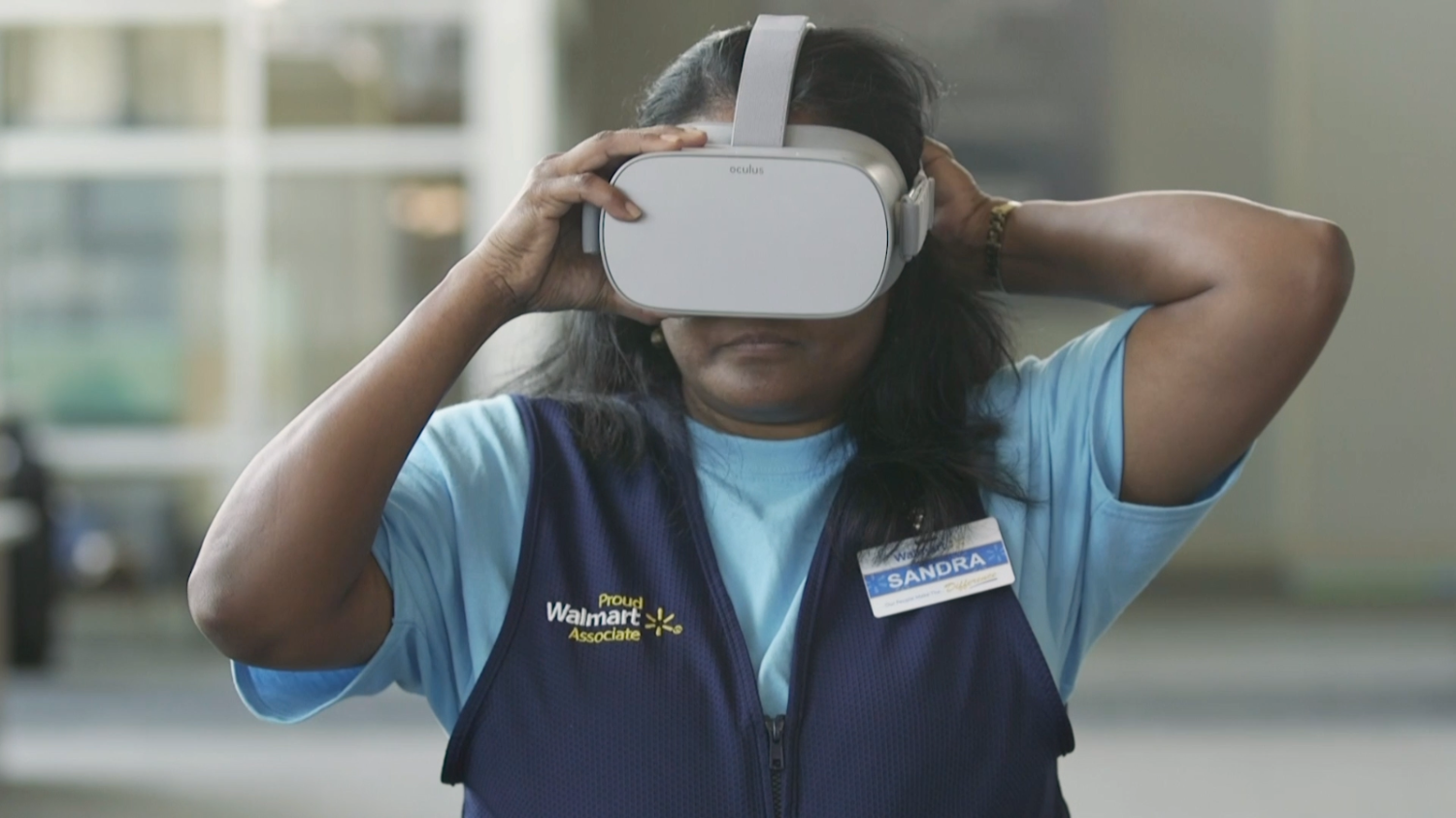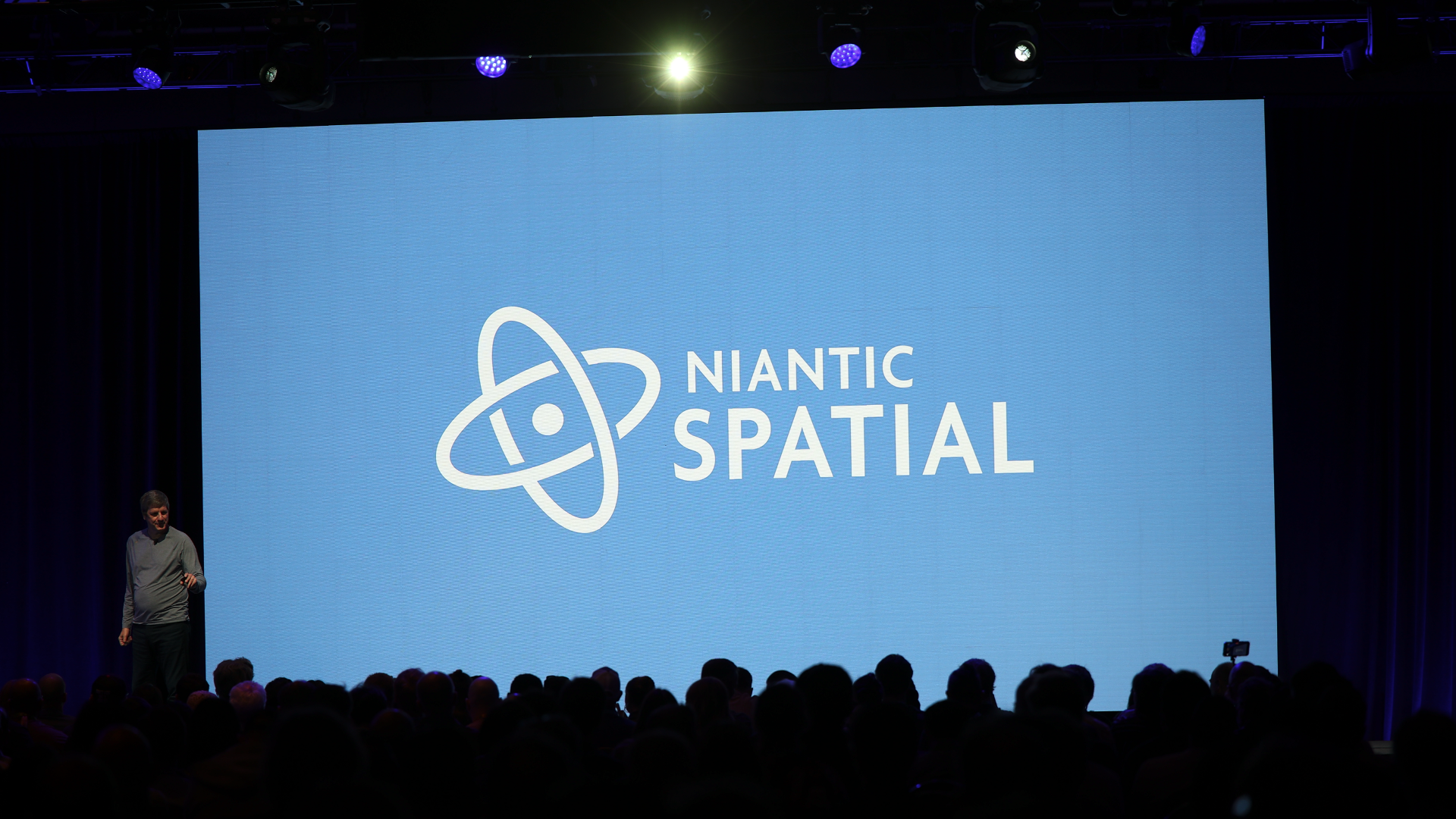Welcome back to AWE Talks, our series that revisits the best of AWE’s conference sessions. With AWE USA 2024 recently concluded, we have a fresh batch of footage to keep us busy for weeks to come.
We continue the action this week with a first-hand perspective on scaling enterprise VR. Walmart is the poster child of VR training, so how did it get to this point and what are its biggest tactical takeaways?
See the summarized takeaways below, along with the full session video. Stay tuned for more video highlights each week and check out the full library of AWE USA 2024 sessions on AWE’s YouTube Channel.
Speakers
Brad Scoggin, ArborXR
Mohsen Khurasany, Walmart
Franky Summers, Walmart
Key Takeaways & Analysis
– VR's use in training is well established including strong ROI and performance indicators.
– That business case includes greater muscle memory for job effectiveness and safety.
– But Walmart's favorite signal is positive comments from employees about the experience.
– The company has built an extensive VR training program that utilizes about 13K headsets.
– It also operates across several functions and brands (e.g., Sam's Club) within Walmart.
– Scaling to that level has been a challenge for Walmart but the results are worth the effort.
– One success factor is evolving from a closed-ecosystem approach to an open ecosystem.
– The former involves a limited set of VR technologies and home-grown software/content.
– The latter involves the freedom to use a wider range of VR hardware and software.
– When starting, a closed approach makes sense, but open approaches are needed to scale.
– An open ecosystem approach also requires device management programs like ArborXR.
– This helps organize disparate hardware, software, and content, and keeps it all secure.
– As for advice in executing VR training programs, Walmart says to do it slowly and thoughtfully.
– Don't jump too quickly at shiny new things... take time to vet the right apps and providers.
– In the same sense, VR may not always be the answer. It's not a silver bullet for training.
– It maps well to some functions (e.g., safety training) but isn't always going to be optimal.
– Internal champions for VR training should work with individual departments collaboratively.
– That ensures that VR can be applied fittingly and set up to succeed with the right goals.
– That collaboration also ensures stakeholder buy-in, commitment, and sustained use.
For more color, see the full video below...

Want more XR insights and multimedia? ARtillery Intelligence offers an indexed and searchable library of XR intelligence known as ARtillery Pro. See more here.
Speakers
Brad Scoggin, ArborXR
Mohsen Khurasany, Walmart
Franky Summers, Walmart
Key Takeaways & Analysis
– VR's use in training is well established including strong ROI and performance indicators.
– That business case includes greater muscle memory for job effectiveness and safety.
– But Walmart's favorite signal is positive comments from employees about the experience.
– The company has built an extensive VR training program that utilizes about 13K headsets.
– It also operates across several functions and brands (e.g., Sam's Club) within Walmart.
– Scaling to that level has been a challenge for Walmart but the results are worth the effort.
– One success factor is evolving from a closed-ecosystem approach to an open ecosystem.
– The former involves a limited set of VR technologies and home-grown software/content.
– The latter involves the freedom to use a wider range of VR hardware and software.
– When starting, a closed approach makes sense, but open approaches are needed to scale.
– An open ecosystem approach also requires device management programs like ArborXR.
– This helps organize disparate hardware, software, and content, and keeps it all secure.
– As for advice in executing VR training programs, Walmart says to do it slowly and thoughtfully.
– Don't jump too quickly at shiny new things... take time to vet the right apps and providers.
– In the same sense, VR may not always be the answer. It's not a silver bullet for training.
– It maps well to some functions (e.g., safety training) but isn't always going to be optimal.
– Internal champions for VR training should work with individual departments collaboratively.
– That ensures that VR can be applied fittingly and set up to succeed with the right goals.
– That collaboration also ensures stakeholder buy-in, commitment, and sustained use.
For more color, see the full video below...
Want more XR insights and multimedia? ARtillery Intelligence offers an indexed and searchable library of XR intelligence known as ARtillery Pro. See more here.



